Bitcoin is an electronic payment network, facilitating direct peer to peer (user to user) transactions, without a central bank or a central administrator. The direct exchange of value occurs between users without intermediaries. Bitcoin is a software (computer program) which runs on multiple distributed computers all across the world, keeping it truly decentralized. All these computers run the same software and form a massive network, communicating and sharing information with each other. Anyone, anywhere can choose to run this software and participate in the network.
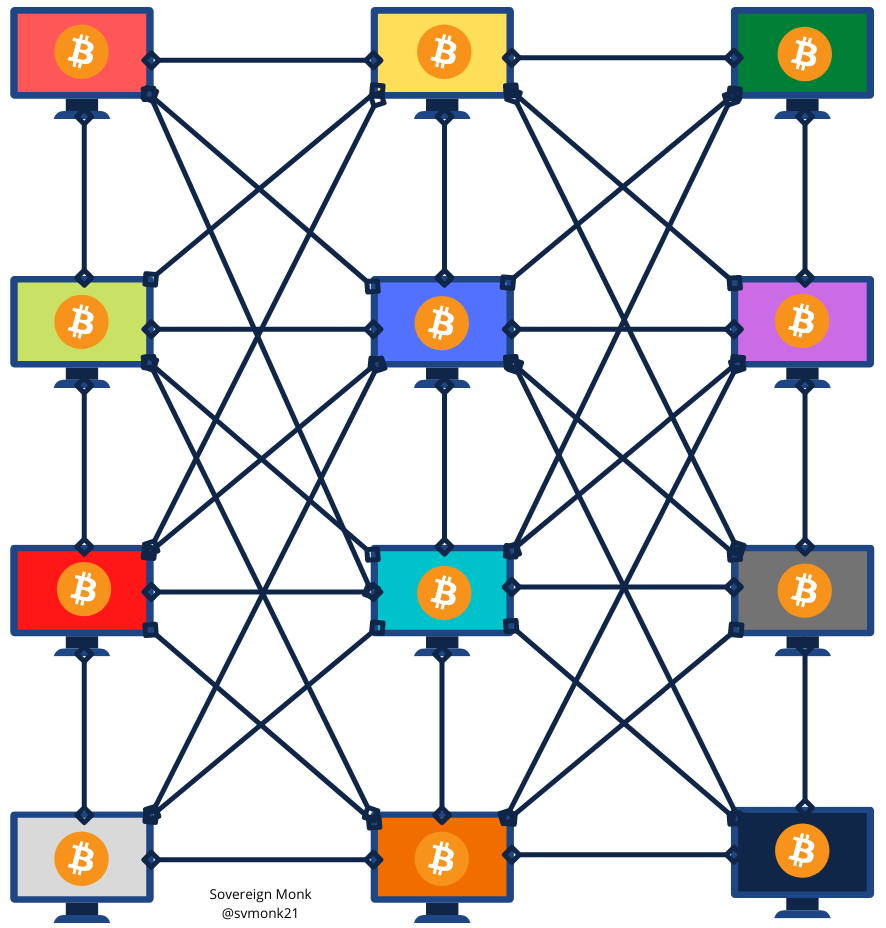
Bitcoin was invented in 2008 by 'Satoshi Nakamoto'. Satoshi is an unknown person, as he valued his privacy and used this alias to interact with thousands of other programmers online. Satoshi released a document called "White Paper" on 31 October, 2008, which explained and highlighted the design of Bitcoin. Bitcoin uses an open & transparent distributed ledger to record all the transactions. These transactions can be viewed, audited and followed by anyone via a simple tool called 'Block Explorer'. All transactions together form a record or chain of smaller records, called 'Blockchain'. The ledger began on 3 January 2009, when Satoshi released the software to the world, and mined the first block of the chain known as 'Genesis Block'. Satoshi famously referred to it as 'Time-chain', as its a chain of records stored/recorded at a given moment in time one after the other.
The Genesis Block, had an embedded text it in "The Times 03/Jan/2009 Chancellor on brink of second bailout for banks", referring to the infamous government bailout of banks during the 2008 'Global Financial Crisis'.
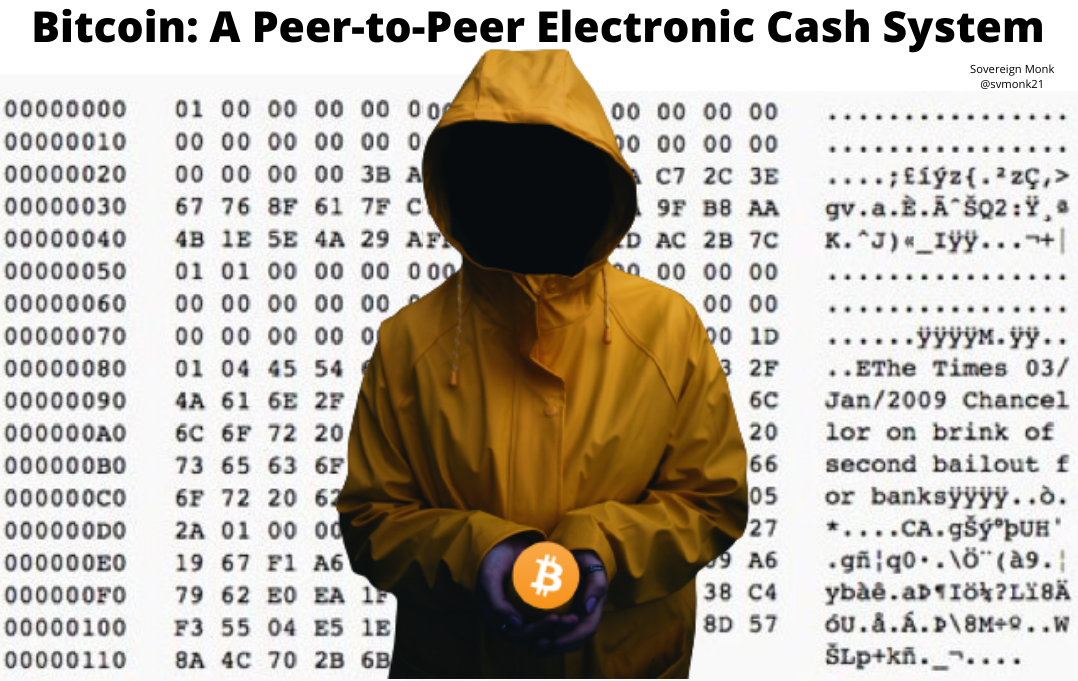
Bitcoin has a supply cap of '21 Million' verifiable with its Time-chain and no-one can change it, its written in stone (code), each user maintains a set of keys which gives them access to their coins. 1 Bitcoin is divisible up to 100 million sub-units known as Satoshis (Sats). As the network usage grows, more and more value can and will be stored and exchanged with each bitcoin, making it a store of value for generations.
But what does Bitcoin actually solve?
The legacy financial system is based on 'Trust in Central Authorities' i.e. public/private banks, central banks, governments etc. which is subject to corruption. Based on personal political and social agendas, the central institutions can and already do change the rules of the financial system to benefit themselves. Satoshi came up with a code which can be shared by millions/billions of individuals without ever having to trust each other. The rules of the code are based on 'Pure Consensus'. There is no central figure which can influence or change the code, neither the number of coins you hold decides your influence on the network. The consensus is decided by the network of distributed computers (which can be run by anyone), and who dont trust each other. Thus, verifying each and every part of the code and ledger of others, with the one they run themselves.
The root problem with conventional currency is all the trust that’s required to make it work. The central bank must be trusted not to debase the currency, but the history of fiat currencies is full of breaches of that trust.
-Satoshi Nakamoto
Another thing Bitcoin solved is the problem of 'Double Spend'. It had been already possible to relay transactions across the internet with virtual currency, but what was problematic was that you could insert conflicting transactions into the network of computers. As code is easily copied, the records could be copied or a digital coin could be copied millions of times and you could spend all those millions without there being any sort of check on the system. You could create two separate transactions that spend the same digital coin, and send both of these transactions in to the network at the same time. So if you’re creating an electronic payment system without a central point of control, you have the problem of figuring out which of these transactions came 'first', and this is a difficult thing to do when you have a network of computers all acting independently. Some computers will receive one transaction first, and others will receive another. Bitcoin solves this problem by forcing nodes to keep all the transactions they receive in 'memory' before writing them to a file. Then, at 10-minute intervals, a random node on the network will add the transactions from their memory on to the file.
- To participate in the network: You need to download the Bitcoin software (it's free and open-source) and run it on your machine/computer. When running the program, it will connect to other computers of the network and request a shared file of records of all transactions. Once synchronized, you hold a full copy of the time-chain (blockchain) and can verify each transaction - if it follows the consensus rules or not, or where does it come from etc. At roughly 10 minute intervals, a random computer (node) on the network will add the latest transactions they have received on to the blockchain, and share the updates with everyone else on the network.
- To use the network: You need to download a 'Bitcoin Wallet' software, which will generate a unique set of keys (which identifies your wallet), and you can receive bitcoins to the addresses generated by the keys. The wallet will interact with the network directly to receive bitcoins.
- The set of keys act as your account number and password. If you want to receive bitcoin, you need to give the 'Public Key' to someone (who wants to send you bitcoins). The public key helps the incoming transaction to be sent to your wallet, and stored there. To be able to spend, use or send your bitcoins, you need the 'Private Key'. It works like an unlocking password or key to your locked wallet. To receive bitcoin you don't need to share your private key, as whosoever has access to your private key, they can spend your bitcoin or transfer it out of your wallet (safety deposit box). When you want to unlock bitcoins that are assigned to your public key, you use your private key to create what’s called a 'Digital Signature'. This digital signature proves that you are the owner of the public key (and therefore can unlock the bitcoins), without having to reveal your private key.
It's important to note that the wallets never actually store the bitcoins, they only act as a 'signing device' which interacts with the network to prove ownership of the coins you own. Bitcoin never leaves the blockchain, but the bitcoins owned by you can only be spent/used/sent using your keys. If this private key (password) is lost no-one can retrieve these coins, including you. There is no customer service in Bitcoin.
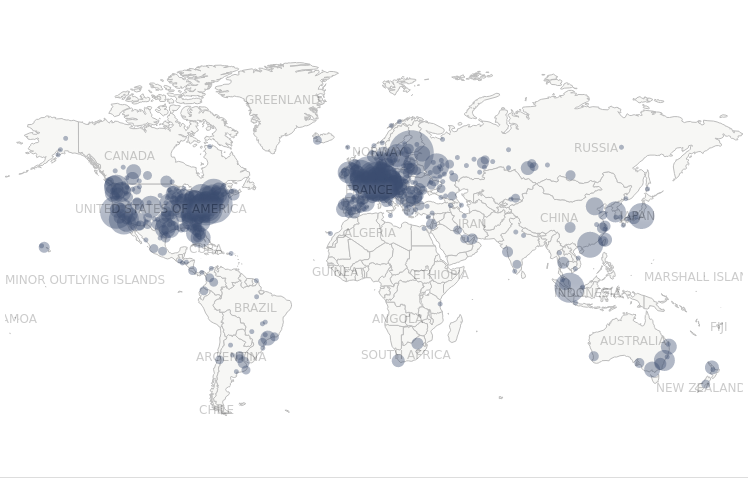
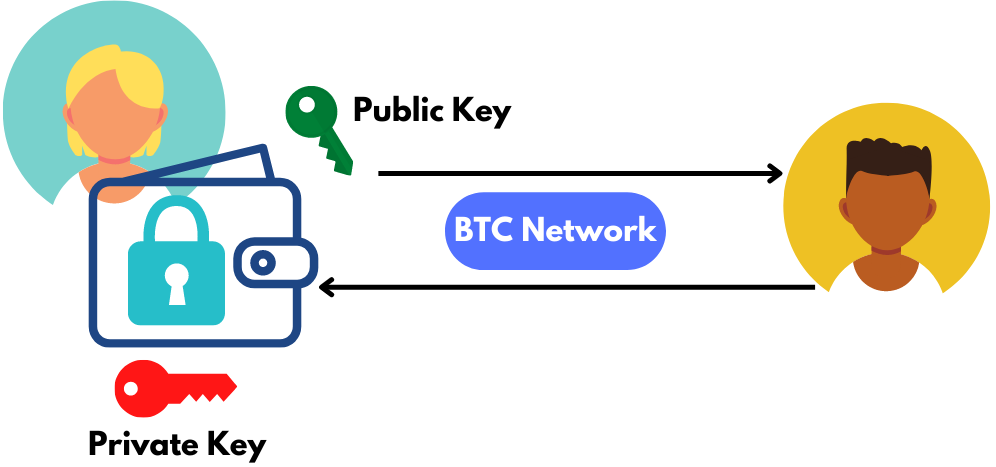
To add new transactions to the network or to the open ledger, bitcoin uses a method called 'Proof of Work Mining'. How does mining works? Each node (computer) stores latest updated transactions from every other node (computer) on the network. This allows a consistent, non-corruptible record of the shared file. Any node (computer) can try and mine the next group of transactions (i.e. to add next incoming transactions to the ledger). a node will gather the transactions from its memory pool in to a container called a 'block', and then use processing power to try and add this block of transactions on to the blockchain. To generate a block that fits exactly into the chain of transactions, every node participating in the network will perform trillions of mathematical calculations to find the exact random number which fits correctly. It is a process of guessing the right random number (mathematical solution), the computer which performs this first gets the block reward (i.e. new bitcoins generated during the process) and the fees of all transactions included in the block. These nodes (computers) can also decide not to participate in the reward competition/distribution (mining) and rather just run a verifying nodes which participates in the network, verifies all transactions, verifies the code and keeps the network decentralized.
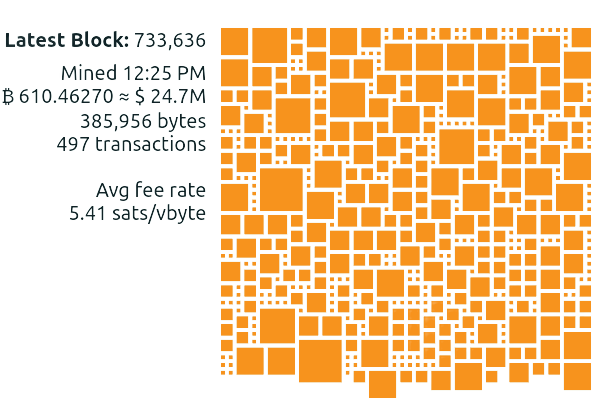
The computers have to work tirelessly and compete with each other, which increases the difficulty of finding the correct block, this is known as 'Difficulty Adjustment'. As more and more computers are added, the difficulty to find the block is increased automatically by the code depending on the total 'Hash Rate' (i.e. total computational power in the network).
The code of Bitcoin network or software, is updated time to time with the efforts of more than 600 individuals working actively, and the changes in code are approved and agreed upon by users and node operators by choosing to use the updated code. Bitcoin is an 'open-source' code, which means anyone can view and contribute to it. There is no central organization.
To conclude, Bitcoin is a network of shared computer who share a secure file via a computer program. This secure shared file records all the transactions of the network, interacting with all the personal wallets (security deposit boxes), and works directly User-to-User without any intermediary.
Bitcoin has been running uninterrupted since January 2009, with up-time of 99.9873%, with only interruptions during first years of release. Compared to legacy financial system which is down more than 55-60% times on average.
Bitcoin White Paper by Satoshi Nakamoto:
Bitcoin Code:
 GitHubbitcoin
GitHubbitcoin
Sovereign Monk
Bitcoin, Privacy & Individual Sovereignty Maximalist | Founder of European Bitcoiners - for Free and Open Bitcoin Education.
follow me :




Related Posts
Od Trubarjevih knjig do Satoshijeve bele knjige– reformacija vere in denarja
Nov 01, 2025
Bitcoin: POKER & Royal Flush v digitalni dobi
Oct 27, 2025
Bitcoin in človekove pravice: Ko se digitalno zlato sreča s Splošno deklaracijo o človekovih pravicah
Sep 12, 2025